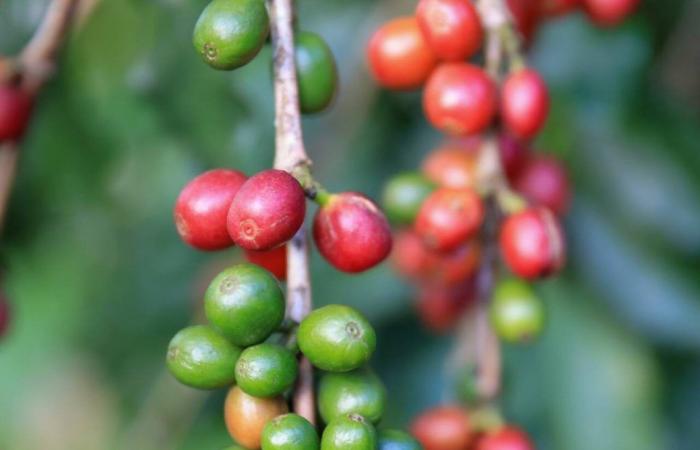The repercussions are obvious: in 2024, the increase in coffee prices will far exceed the official inflation rate, worldwide.
And with the current drought in Minas Gerais more than 155 days in 2024 without rain, coffee plantations are suffering.
It is undeniable that French passion is intense. In Brazil, 23 million bags of coffee are consumed each year. 1 bag of coffee weighs 60kg.
Here, you should know that there is also a difference between different quality of coffee. The best is the special then gourmet, then strong and extra strong.
You should know that 250g of gourmet coffee has gone from 12 to 20 reais for 250g in Brazil.
The price of coffee has increased by 20% between 2023 and 2024 and more than 98% between 2021 and today, it’s huge.
Coffee is an integral part of the basic food basket. It is the drink in the morning and after eating.
A sharp increase in prices directly impacts household budgets.
Unlike other products such as fruits or vegetables, which can be replaced by cheaper alternatives, coffee is often irreplaceable for those who consume it daily.
Any product with a national preference, such as coffee, affects the family budget more. Families often have to forgo other, less essential purchases to still be able to consume their daily coffee.
But why is a 500 g packet of coffee powder so much more expensive today? The price of coffee is determined on the international market and expressed in dollars, which means that the fluctuation of the exchange rate causes an increase or decrease against the Euro.
In addition, the climate change have significantly reduced global supply.
In Vietnam, the world’s second largest producer, a historic drought followed by a typhoon ravaged crops.
Brazil, as the world’s largest producer and exporter, is not spared either.
In regions like Pedregulho and Altinópolis, in the state of São Paulo, fires have destroyed a large part of the crops.
In 10 years in Brazil Arnaud has never experienced such a severe drought with such high temperatures.
In the region of Patrocínio, Lavras region in southern Minas Gerais, around 20% of the harvest is already compromised.
This year has been atypical; there was a frost on August 11 and it has now been 160 days without rain, today 09/27/2024.
He’s almost out of water.
Extreme weather conditions and the continued increase in costs are therefore having a significant impact on the coffee market, leading to price increases which could persist in the months to come.






